A peek into the world of Japan's electric rice cookers
We are now restarting our articles, though we might not always write once a week. If we don't think it's interesting, we won't send it to your inbox :)
And we have a request too. It would encourage us greatly, if you could think of one friend who would enjoy our articles, and ask them to sign up for the newsletter.
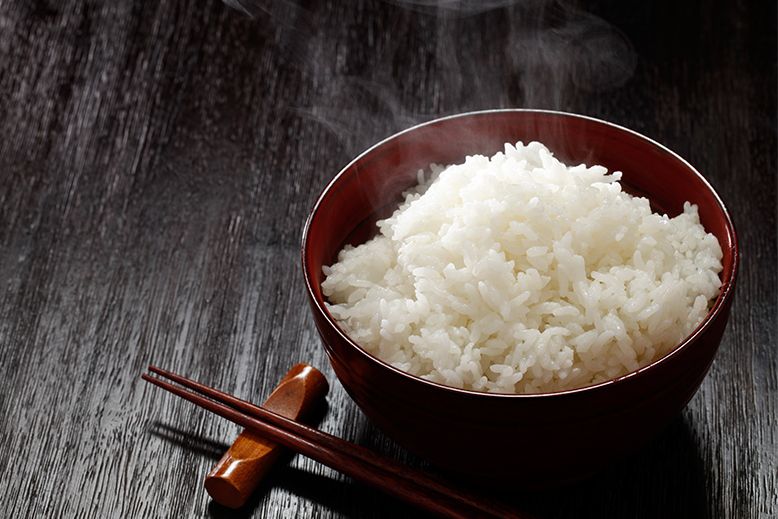
More than half the world eats rice at least once a day. Rice is the most consumed food crop on the planet. Hell, rice production alone takes up one-third of all irrigation water on earth!
But cooking rice can be surprisingly tricky; doing it badly will get you roasted on Instagram.
Rice is the staple food in Japan – most families consume it thrice a day in some form.
Japanese rice consists of short, translucent grains that become sticky when cooked, and therefore easy to eat with chopsticks.
Cooking this rice well, though, used to be a royal pain in the behind. Before the 1950s, housewives woke up in the early hours of dawn and dealt with this contraption called a kamado to cook rice for their families.
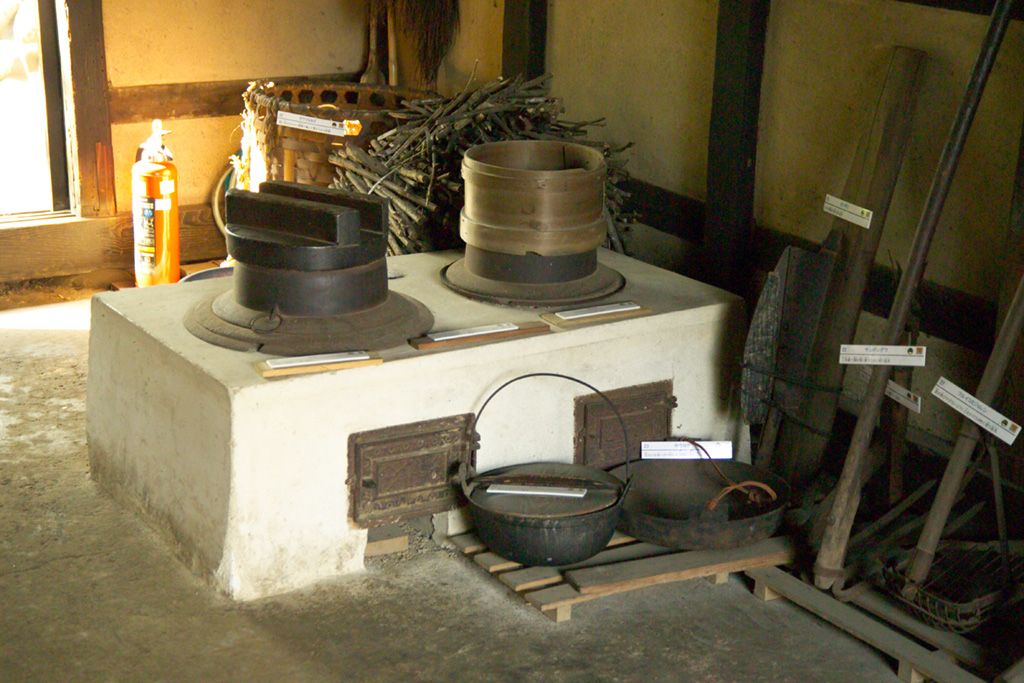
The washed rice and water went into the iron vessels at the top, and firewood into the boxes at the bottom. Cooking tasty rice required the temperature to be controlled in a specific pattern – high at the beginning, low in between, and high again at the end. Regulating temperature with firewood was not a fun task, and was made worse by the fact that women got called "failed housewives" for not being able to make good rice :|
Many companies attempted to invent an electric rice cooker. In post-war Japan, as work fixing radios dried up, Masaru Ibuka tried to channel his small company's ingenuity toward building one. After several months of futile attempts, he finally gave up, and his company never tried making rice cookers again. Maybe for a good reason – that company was Sony.

Yoshitada Minami built the first working electric rice cooker. Minami owned a small factory making water heaters. His encounter with a Toshiba salesman who had identified rice cooking as the biggest pain Japanese homemakers had, was the genesis of the first electric rice cooker.
I highly recommend Anne Ewbank's fantastic article, The Battle to Invent the Automatic Rice Cooker, that vividly describes this story.
Despite each device costing a third of the average monthly salary, Toshiba's rice cooker was a runaway success and, within a year, they were producing 200,000 rice cookers a month.

Other companies soon joined the fray.
Toshiba's cooker used two vessels, and users had to pour water between these before cooking. Panasonic, then called Matsushita Electric, took Toshiba's first-to-market as a personal affront and invented a better cooker that got rid of this messy mechanism.
How personal, you ask? Konosuke Matsushita, the CEO, heaped such stern criticism on the head of the rice cooker division that many feared he would commit suicide. The CEO seems to have thought people needed to be on that brink to be able to forge forward a new business. And they did. But, seen from the 21st century, this feels unforgivable.
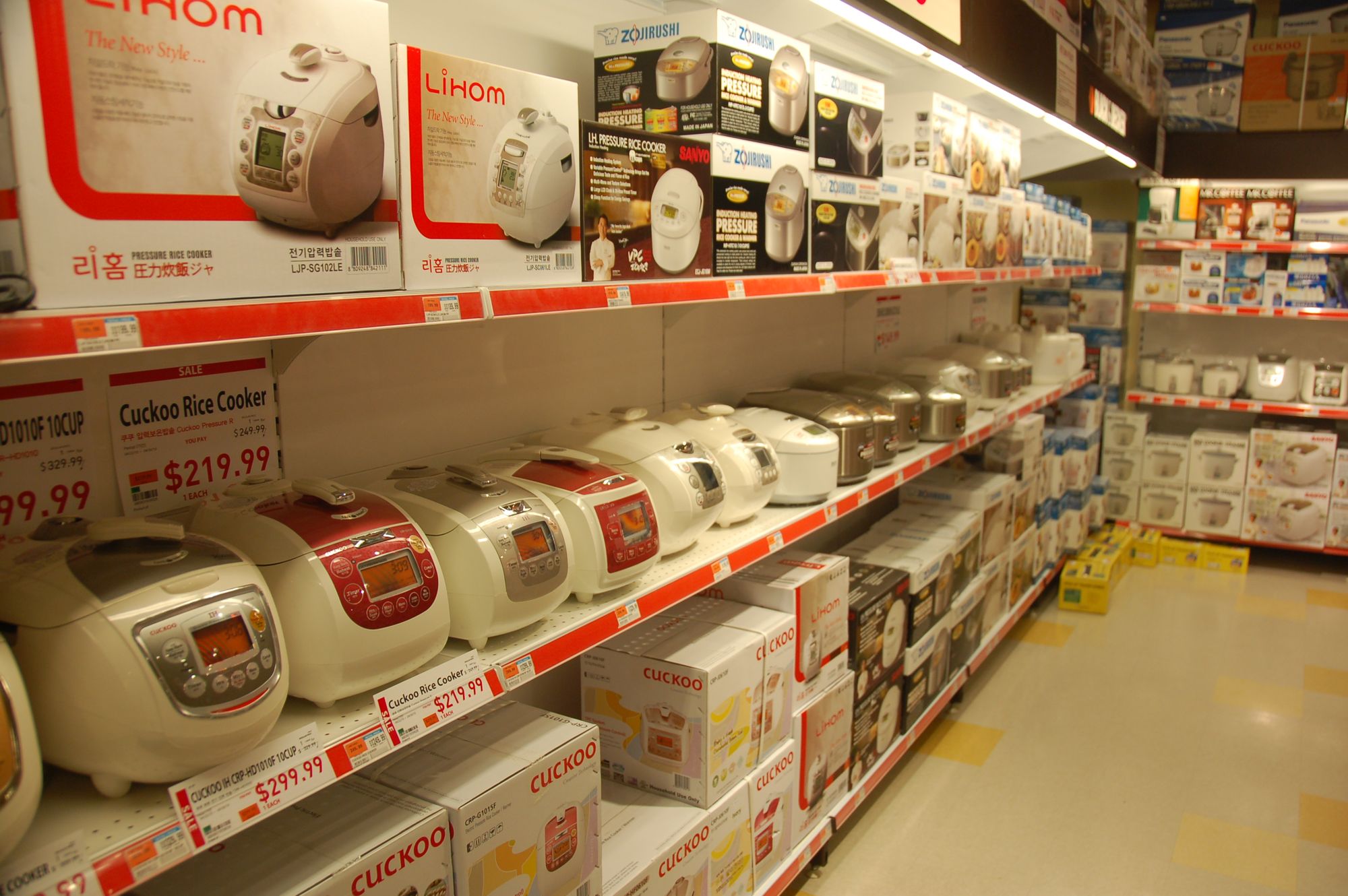
Rice cookers have become dizzyingly more advanced since those times. Some have diamond-coated pots, some use vacuum, some use infrared and titanium, some use IH, some can bake bread and pizzas. And, funnily enough, some look like the kamado they were born to replace!
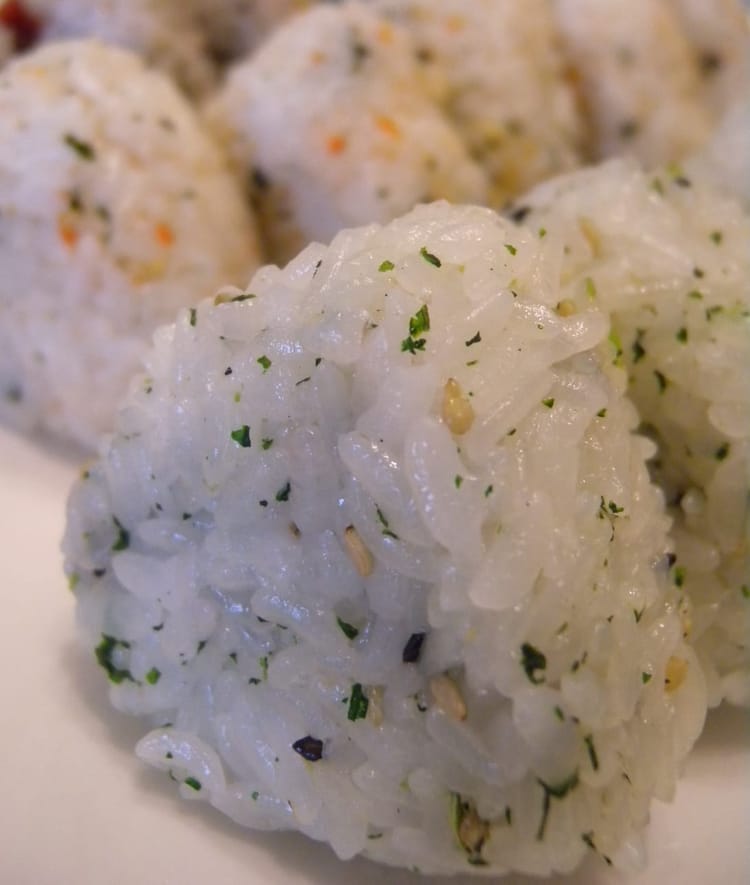
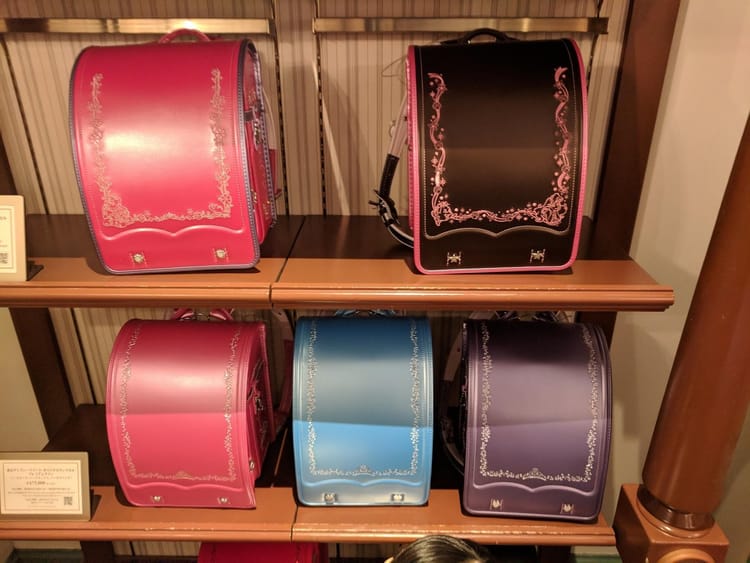
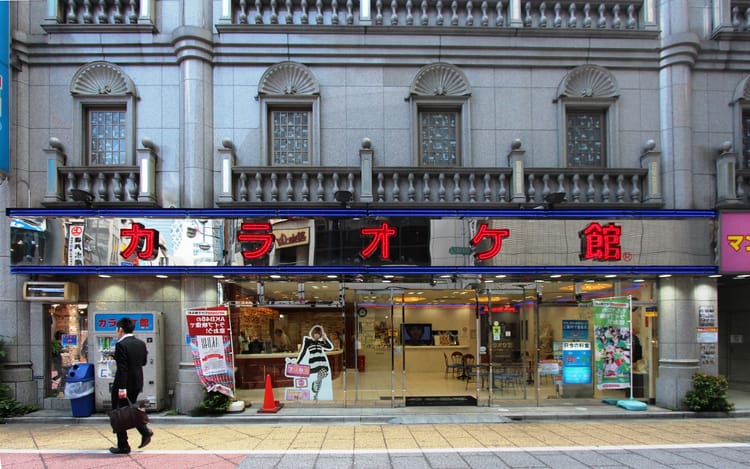
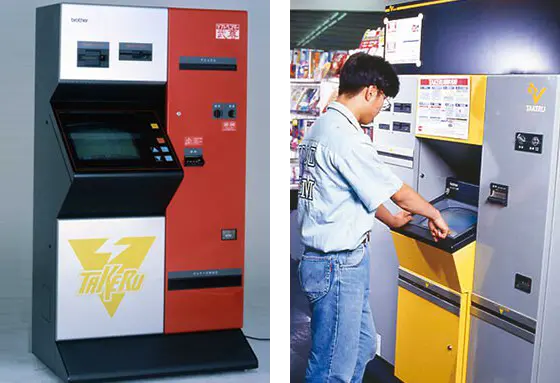

Member discussion